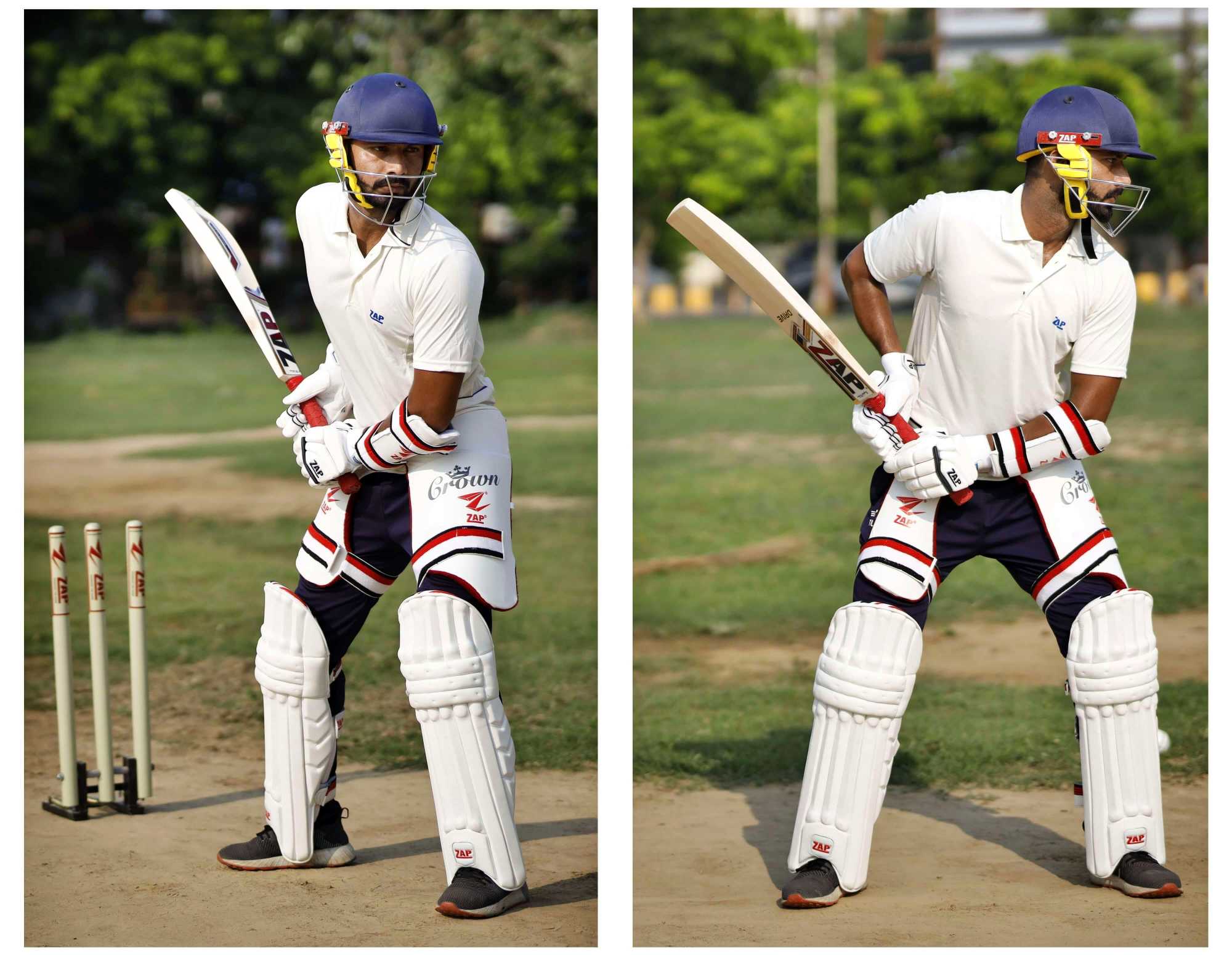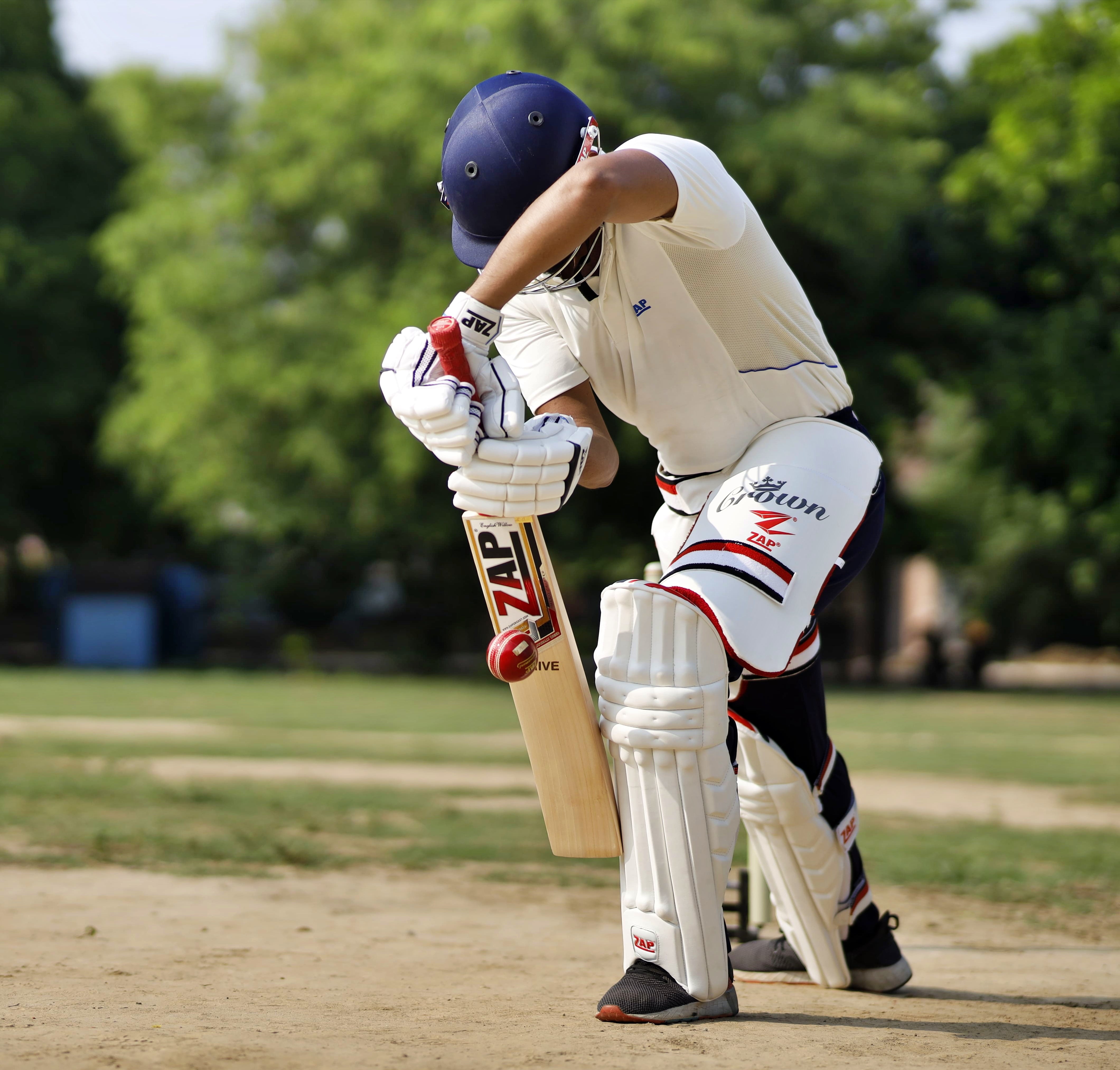
Cricket Batting Tips for Beginners: From First Steps to Solid Strokes
Cricket, a sport steeped in tradition and rich in strategy, can seem daunting to newcomers. The sheer variety of shots, the nuances of footwork, and the pressure of facing a skilled bowler can be overwhelming. However, with the right guidance and consistent practice, even beginners can lay a solid foundation for becoming competent and enjoyable batsmen. This comprehensive guide provides essential tips for beginners, covering everything from basic grip and stance to advanced shot-playing techniques.
1. Mastering the Grip and Stance:
Before you even think about hitting the ball, you need to establish a comfortable and effective grip and stance. A proper grip allows for maximum control and power generation, while a balanced stance ensures you’re ready to react to the ball’s delivery.
-
The Grip: Beginners often struggle with finding the right grip. The most common and recommended grip is the "conventional grip," where the hands are placed close together on the handle, with the dominant hand (usually the right hand for right-handed batsmen) slightly lower than the other. Experiment to find what feels most natural and allows you to control the bat effectively. Avoid gripping the bat too tightly, as this can restrict your wrist movement and power generation. A relaxed grip is crucial for fluidity.
-
The Stance: Your stance should be balanced and athletic, allowing for easy movement in any direction. Stand sideways to the bowler, with your feet shoulder-width apart. Your weight should be evenly distributed, with a slight bend in your knees. Maintain a relaxed posture, avoiding stiffness, which can hinder your ability to react quickly. Your back should be straight, but not rigid, allowing for a natural swing. Practice your stance in front of a mirror to ensure it’s balanced and natural.
2. Understanding the Basics of Footwork:
Footwork is the cornerstone of successful batting. It allows you to get into the right position to play the ball effectively, whether it’s a defensive stroke or an aggressive shot.
-
The Backlift: Before the ball is bowled, lift your bat smoothly in a backlift. This prepares you for the incoming delivery and allows you to generate momentum. Keep the backlift consistent and controlled, avoiding any jerky movements.
-
Forward Movement: For many shots, especially forward defensive strokes, you’ll need to move your front foot forward to meet the ball. This allows you to play the ball in front of your body, reducing the risk of getting bowled. Practice moving your front foot quickly and decisively, maintaining your balance throughout the movement.
-
Sideways Movement: For shots like the cover drive or on-drive, you might need to move sideways to get into the right position. This requires agility and balance, so practice sideways movements to improve your coordination and agility.
3. Essential Defensive Strokes:
Before you start trying to hit boundaries, you need to master the defensive strokes. These are crucial for survival and laying a foundation for more aggressive shots.
-
The Forward Defence: This is the most basic defensive stroke, used to block balls pitched on or around the off-stump. Move your front foot forward to meet the ball, playing it straight back to the bowler. Keep your bat face straight and your movements controlled.
-
The Back Defence: Used for balls pitched slightly shorter or wider, the back defence involves playing the ball behind the crease. Maintain a straight bat face and use a controlled backswing to guide the ball away from your stumps.
-
The Leave: Knowing when to leave a ball is as important as playing it. Leave balls that are too wide or outside your off-stump to avoid unnecessary risk. This requires good judgment and anticipation of the ball’s trajectory.
4. Mastering the Basic Offensive Shots:
Once you’ve mastered the defensive strokes, you can start working on some basic offensive shots.
-
The Straight Drive: A classic and elegant shot, the straight drive involves hitting the ball straight back down the pitch. Time the ball perfectly, keeping your bat face straight and your movements fluid.
-
The Cover Drive: This shot involves hitting the ball to the cover region, usually played with a slightly angled bat face. It requires good timing and footwork, as you need to move slightly across to get into the right position.
-
The On-Drive: Similar to the cover drive, but played slightly more towards the off-side, aiming for the on-side region. This requires slightly different footwork and bat placement.
-
The Pull Shot: A powerful shot played to the square leg region, usually played on short-pitched balls. This requires a powerful swing and good timing.
5. Practicing and Improving:
Practice is crucial to improving your batting skills. Regular practice sessions focusing on specific aspects of your game will help you to develop your technique and build your confidence.
-
Net Practice: Net sessions are essential for developing your technique and getting used to facing different types of bowling. Focus on specific shots and try to refine your technique with each delivery.
-
Match Practice: Playing matches is the best way to put your skills to the test. It allows you to experience the pressure of a competitive environment and learn to adapt to different situations.
-
Video Analysis: Record your batting practice sessions and analyze your technique. This can help you identify areas for improvement and refine your movements.
-
Seek Feedback: Ask experienced cricket players for feedback on your technique. Their insights can help you to identify weaknesses and develop your skills more effectively.
6. Beyond the Basics:
As you progress, you can start learning more advanced shots, such as the sweep shot, the cut shot, and the hook shot. These shots require a good understanding of the basics and a refined technique. Remember to focus on one shot at a time, mastering it before moving on to the next.
7. Mental Game:
Cricket is not just about physical skill; it’s also a mental game. Staying focused, maintaining composure under pressure, and having a positive attitude are crucial for success.
By following these tips and practicing consistently, beginners can lay a strong foundation for their cricket batting journey. Remember that patience and persistence are key – mastering cricket takes time and effort, but the rewards of hitting a well-timed boundary or executing a perfect defensive stroke are immensely satisfying. So, grab your bat, get out onto the pitch, and enjoy the game!



